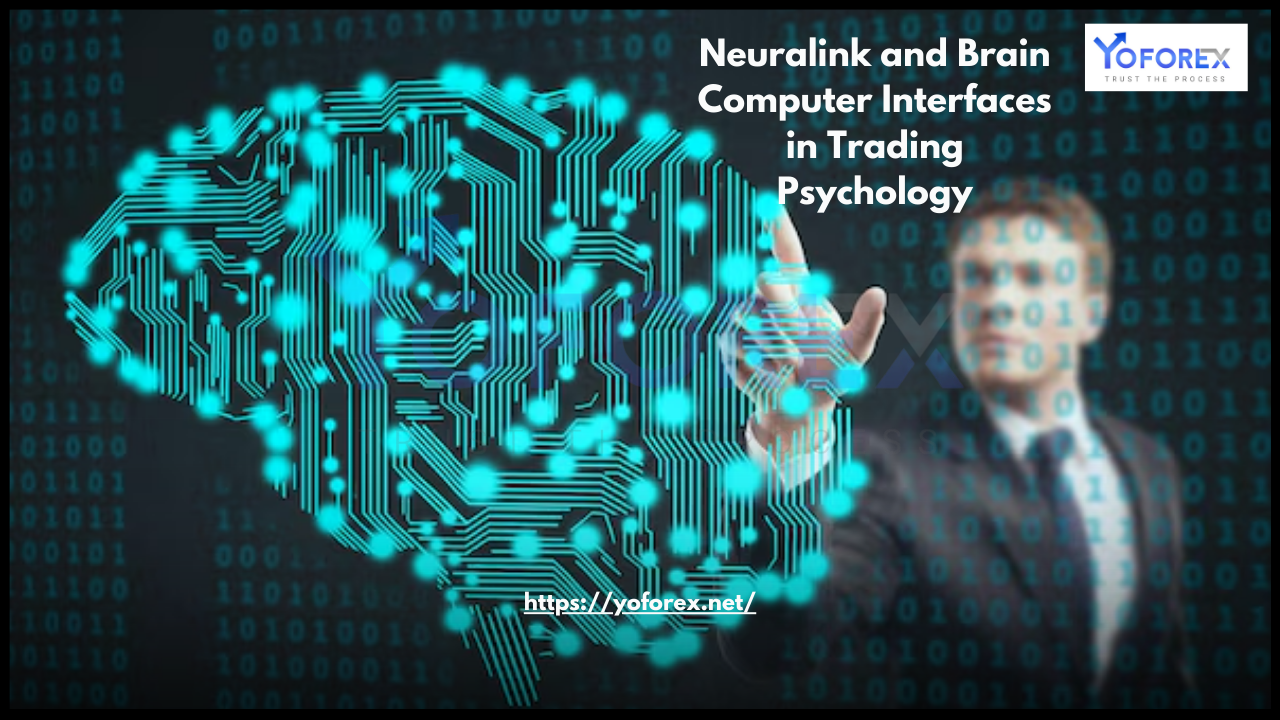The financial markets are an ever-evolving battlefield where traders strive to gain an edge through technology, strategy, and psychology. With the emergence of Brain-Computer Interfaces (BCIs), pioneered by companies like Neuralink, the landscape of trading psychology is set for a revolutionary shift. These advanced neural interfaces promise to enhance cognitive abilities, improve emotional regulation, and streamline decision-making processes, which are crucial in trading. This blog explores the role of Neuralink and BCIs in shaping the future of trading psychology.
Understanding Trading Psychology
Trading psychology refers to the mental and emotional aspects that influence a trader’s decision-making process. The ability to manage fear, greed, stress, and cognitive biases plays a critical role in success. Key psychological factors in trading include:
- Emotional Control: The ability to remain calm and composed under market volatility.
- Cognitive Biases: Avoiding irrational decision-making based on patterns, anchoring, or overconfidence.
- Decision Speed: Quick and accurate decision-making is vital in high-frequency and day trading.
- Focus and Attention: Sustained concentration to analyze market conditions effectively.
- Mental Fatigue Management: Preventing burnout to maintain consistent performance.
What is Neuralink and How Do BCIs Work?
Neuralink, founded by Elon Musk, is at the forefront of developing BCIs—devices that facilitate direct communication between the human brain and computers. These interfaces use microelectrodes implanted in the brain to interpret neural signals and relay them to external devices, effectively enabling a seamless interaction between the mind and technology.
BCIs have applications across various domains, from medical advancements to cognitive enhancement. In trading, they can potentially revolutionize decision-making by providing real-time mental state analysis, reducing cognitive load, and enhancing processing speed.

Enhancing Trading Psychology with BCIs
1. Improved Emotional Regulation
Emotions such as fear and greed are two of the biggest challenges traders face. Neuralink’s BCI could monitor and regulate these emotions by detecting neural patterns associated with stress and triggering calming responses through neurofeedback. By maintaining emotional stability, traders can make rational decisions without being swayed by market fluctuations.
2. Eliminating Cognitive Biases
BCIs can analyze neural activity and identify cognitive biases in real-time. For example:
- Confirmation Bias: The tendency to favor information that aligns with pre-existing beliefs.
- Loss Aversion: The fear of losing money outweighs the potential for gains.
- Overconfidence Bias: Overestimating one’s knowledge or abilities.
By detecting these biases, a BCI can provide real-time feedback, helping traders make objective decisions rather than emotional ones.
3. Enhanced Focus and Cognitive Processing
With market conditions changing rapidly, traders must maintain a high level of focus and quickly process large volumes of data. Neuralink could enhance cognitive abilities by optimizing brain functions, improving attention spans, and increasing memory recall. This enhancement would allow traders to assess multiple indicators simultaneously without experiencing mental fatigue.
4. Faster Decision-Making
For high-frequency traders and algorithmic trading professionals, speed is everything. BCIs could directly connect the brain to trading platforms, reducing the time required to analyze data and execute trades. A direct brain-to-market interface could enable near-instantaneous trade execution, offering a significant competitive advantage.
5. Reducing Mental Fatigue and Burnout
Long trading hours and high-pressure environments can lead to mental exhaustion, affecting decision-making accuracy. BCIs could monitor brain activity and provide alerts when fatigue sets in, prompting traders to take necessary breaks or adjust strategies to avoid costly mistakes.
Ethical and Practical Concerns
While the potential benefits of Neuralink and BCIs in trading are exciting, there are also ethical and practical concerns to consider:
- Privacy and Security Risks: Since BCIs interact directly with brain activity, there is a risk of data breaches, hacking, and unauthorized access to neural information.
- Ethical Considerations: The use of BCIs could create an uneven playing field in trading, raising questions about fairness and market integrity.
- Health and Safety: Long-term effects of brain implants are still being researched, and potential risks associated with invasive procedures must be carefully evaluated.
- Regulatory Challenges: Governments and financial authorities may need to establish guidelines to regulate the integration of BCIs into trading practices.
The Future of Trading with BCIs
The future of trading psychology, augmented by Neuralink and BCIs, presents limitless possibilities. While full-scale adoption may still be years away, incremental advancements in neurotechnology are already laying the foundation for enhanced cognitive trading. Future developments may include:
- Non-Invasive BCIs: Devices that do not require surgical implantation but still offer cognitive enhancements.
- AI-Assisted Neural Trading: BCIs work in tandem with AI to optimize trading strategies in real time.
- Neural Market Predictions: Analyzing collective brainwave data from traders to identify market sentiment and predict trends.
- Customized Neuro-Trading Strategies: Personalized trading strategies based on an individual’s neural patterns and risk tolerance.
Conclusion
Neuralink and Brain-Computer Interfaces hold the potential to redefine trading psychology by enhancing decision-making, reducing emotional biases, and improving cognitive efficiency. While there are challenges to overcome, including ethical concerns and regulatory hurdles, the prospect of a neural-enhanced trading experience is no longer science fiction. As technology continues to evolve, traders equipped with BCIs could gain unparalleled insights and control, shaping the next generation of financial markets.
The question is not whether Neuralink will impact trading psychology, but rather how soon traders will adopt this groundbreaking technology to gain the ultimate competitive advantage.

